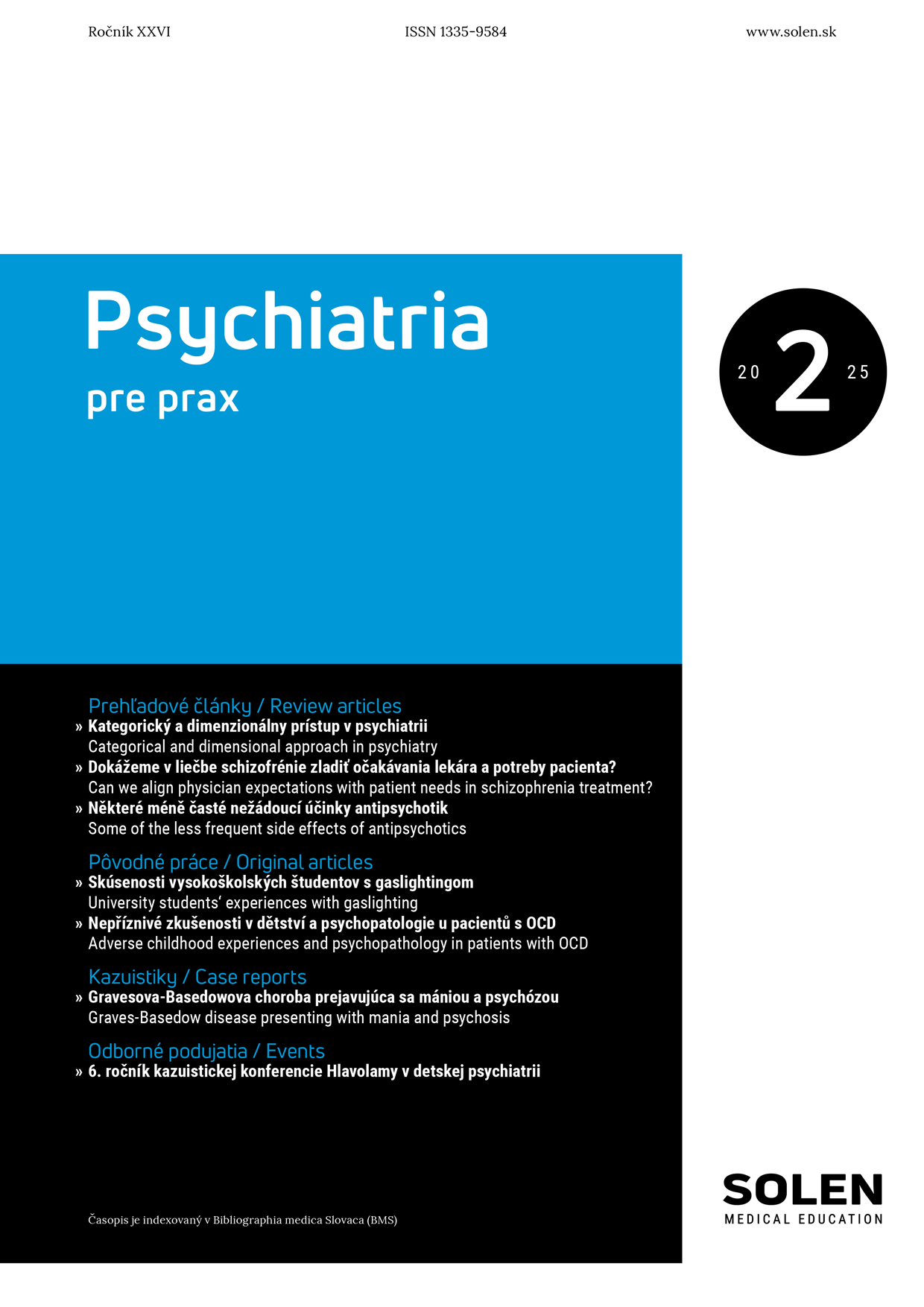Slovenská chirurgia 1-2e/2024
Successful use of NPWT in the treatment of prosthetic mesh infection after ventral hernia repair in a scar – a case report
The use of mesh in the treatment of ventral hernias has become the gold standard and has contributed significantly to the reduction of recurrence rates, but it also brings complications. One of the dreaded complications of mesh use is mesh infection which significantly increases morbidity in affected patients and increases the cost of hospitalization. The traditional solution to prosthetic mesh infection is its removal, which, however, is difficult due to the incorporation of the mesh into the surrounding tissues, can often lead to damage to the surrounding tissues and entails the formation of a defect that is larger than the initial defect in the fascia and is technically very difficult to resolve. Therefore, different modalities have been tried in order to salvage the implanted meshes and one of them is negative pressure wound therapy (NPWT). Several systematic reviews have been published addressing the effect of NPWT on healing of infected prosthetic mesh, with varying rates of treatment success and proportion of mesh salvaged. In the published papers, 2 factors appeared to be key in terms of the possibility of retaining infected mesh in the wound - the type of mesh implanted and its location in the abdominal wall. NPWT treatment was particularly effective in treating infected polypropylene meshes in the sublay position. In this case report, we present the case of a patient in whom we were able to avoid the need for explantation of an infected polypropylene mesh in the onlay position after successful NPWT with instillation treatment.
Keywords: ventral hernia, mesh infection, NPWT treatment, NPWT with instillation

















